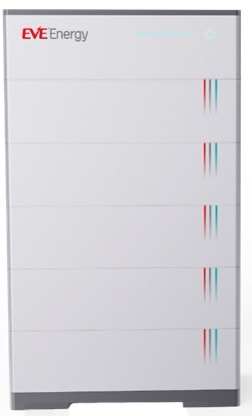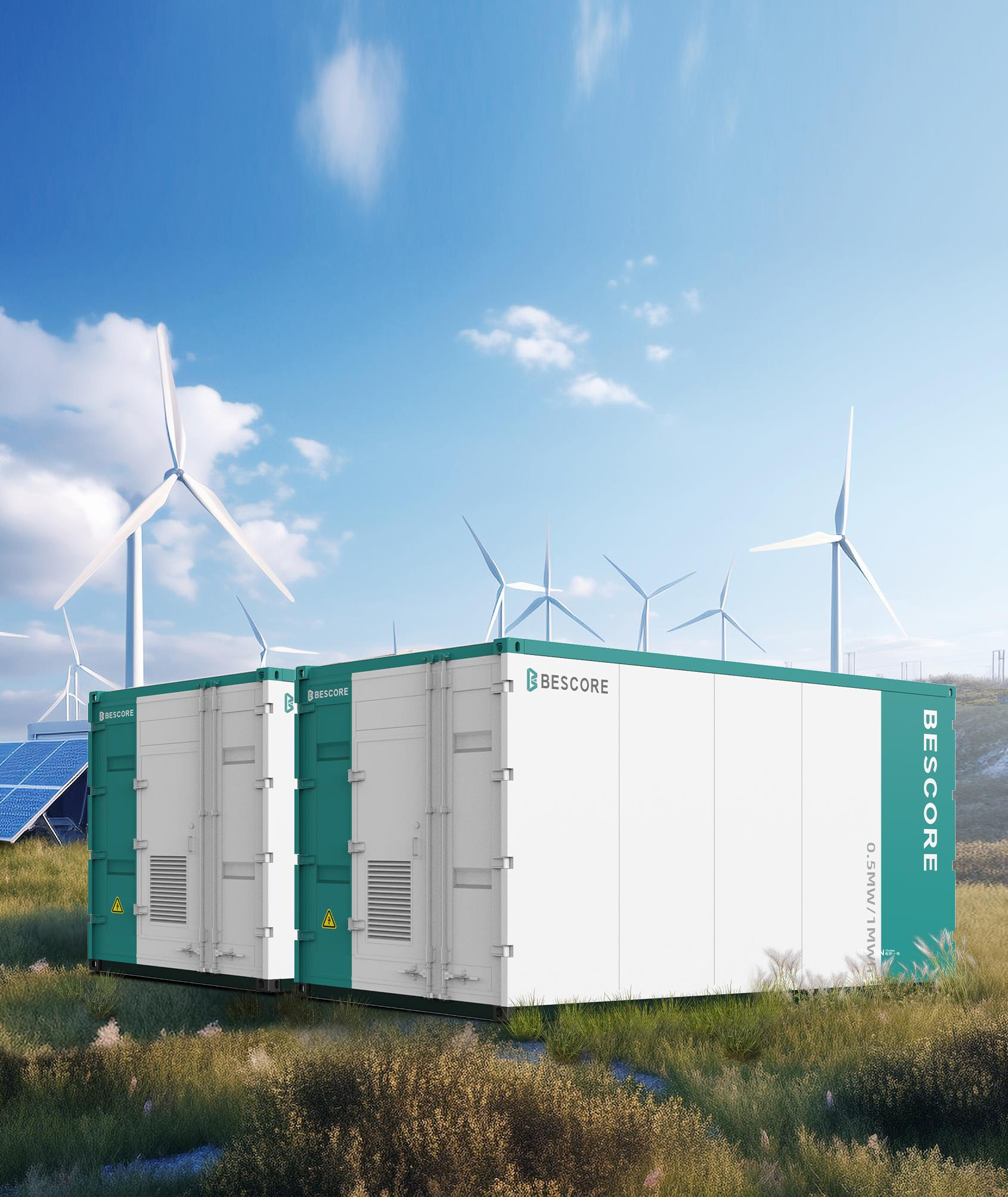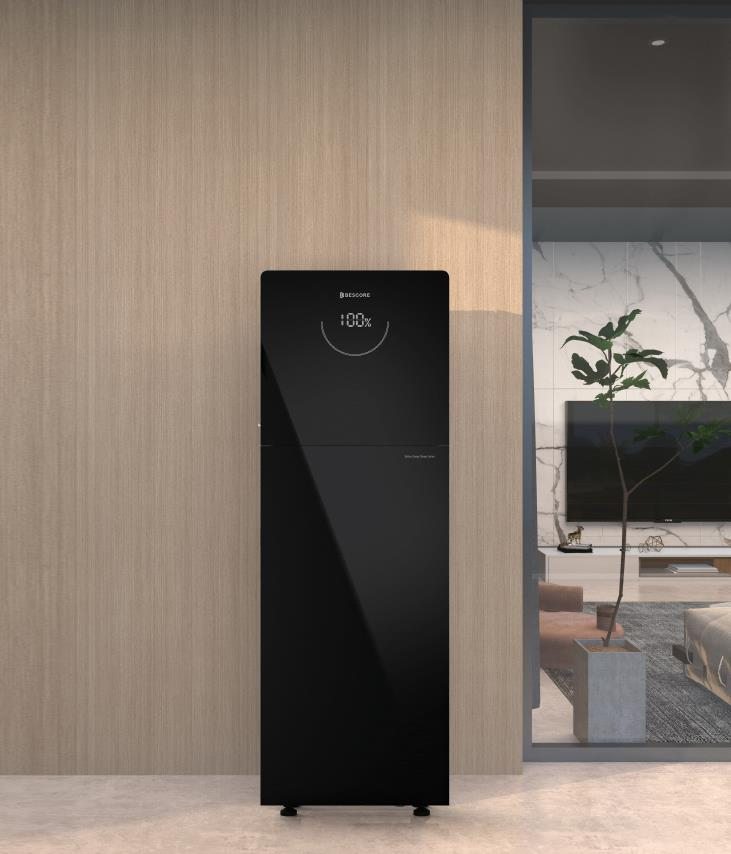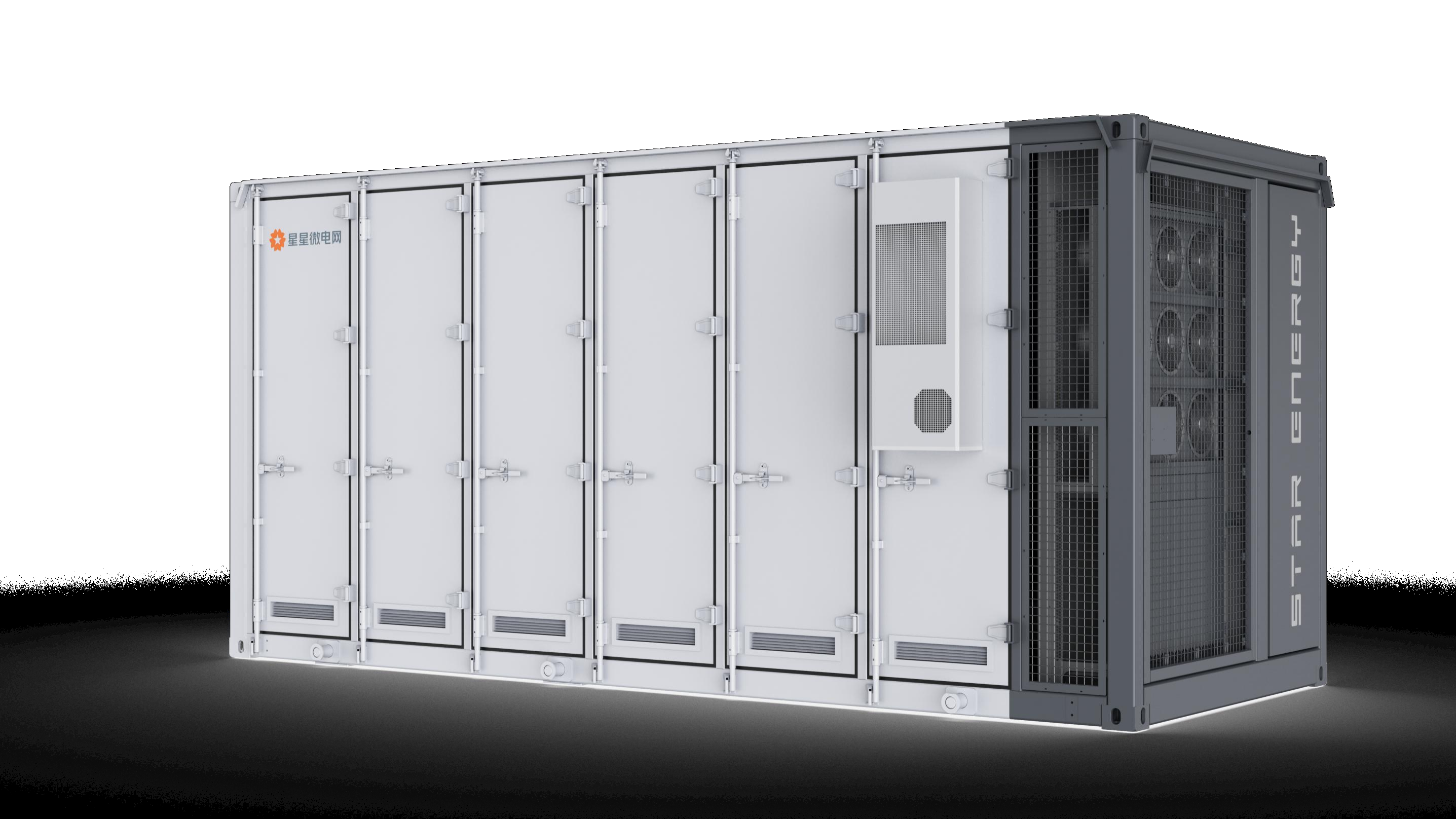Wedoany.com Report-Dec 24,The flow battery field has been slowly catching on, beckoning with the promise of low cost, long duration energy storage solutions for wind and solar resources, along with a more environmentally friendly profile than conventional batteries. In a new twist on the circular economy of the future, a US flow battery startup has also embarked on a first-of-its-kind project aimed at demonstrating that former oil storage tanks can be repurposed for renewable energy storage.
Why A Flow Battery Cannot Go Into An Oil Tank …
A flow battery works by leveraging the interaction between two specialized fluids, separated by a thin membrane. Aside from the membrane, the setup is relatively inexpensive, consisting mainly of tanks, pumps, and other hardware.
Vanadium has been the flow battery ingredient of choice because it exists in multiple states, simplifying the supply chain while satisfying the chemistries of two different fluids. The domestic supply chain in here the US suffers from a lack of vanadium mines, but the potential for co-production with other mines, along with vanadium recovery from waste material, can help fill the gap.
Earlier iterations of flow battery technology were large, bulky affairs. The flow battery of today is much more refined. It can fit inside a standard shipping container and it can easily scale up with larger tanks. If those tanks happen to be former oil storage facilities, so much the better. A renewable energy storage developer could save a significant amount on installation costs by re-using tanks that are already situated at a pre-developed sites, complete with existing road access, grid connections, and other necessary infrastructure (see more flow battery news and background here).
In terms of repurposing oil storage tanks, though, most flow battery formulas have a problem. Oil tanks are generally made from carbon steel, which will corrode under the conditions that characterize a typical flow battery.
… Wait, Maybe It Can
That leaves the field of oil tanks open for exploitation by atypical flow battery formulas, such as the one developed by the California startup Quino Energy. The company crossed the CleanTechnica radar in March of this year on account of its new water-based flow battery formula leveraging quinones, a class of organic molecules. Quinones can be found everywhere, including biomass as well as coal tar.
Quino scored a US Department of Energy grant of $4.58 million back in 2021, to help accelerate the leap from the R&D stage into commercial production. All that hard work paid off, with the company reporting Readiness Level 7 for its new flow battery by last spring. The readiness scale assesses the potential for high volume commercial production of a new technology, to be achieved at Level 9.
In the latest development, on December 20 Quino announced that the Energy Department’s Advanced Materials and Manufacturing Technologies Office has provided it with a $2.6 million grant, to be applied to a demonstration that carbon steel oil storage tanks can be repurposed for flow batteries.
“Quino Energy will construct and operate a lab-scale 3kW/24kWh large tank form factor (LTFF) QRFB in its facility in San Leandro, CA. This system will allow for rapid identification and mitigation of any potential issues with deployment or operation,” the company explained in a press statement.
Next Steps For The Flow Battery Of The Future
As Quino indicates, the lab-scale project is designed to weed out any potential problems in short order. In parallel with that effort, Quino also is also planning a larger, commercial-level pilot project of 200kW/2MWh, with operation expected by the end of 2026. The scaled-up project will provide the company with 18 months of field records by the time the grant period runs out in 2028.
If all goes according to plan, as the petroleum industry winds down, tank farms all over the US could be converted to flow battery farms. Quino cites an estimate by the US Energy Information Agency, indicating that the nation’s existing oil storage capacity could hold 4 terrawatt hours’ worth of Quino’s flow battery electrolyte.
Quino also anticipates a significant cut in costs compared to installing other flow battery formulas, and compared to lithium-iron-phosphate batteries. If Quino can successfully demonstrate the re-use of oil tanks for flow batteries, the company estimates an installed cost savings of 30–40%.
Re-use, Re-purpose, Recycle
With land use issues in mind, re-purposing an existing industrial site could help energy storage developers avoid obstacles that can delay or stop new greenfield projects. A quick search of the Intertubes yields a long list of proposed BESS [battery energy storage system] projects facing community opposition based on the fire risk potential for nearby residences, schools, and other sensitive locations. Flow batteries are non-flammable, so those concerns would not be operative for flow battery farms that replace oil tanks.
Quino also notes that the flow battery-to-oil-tank strategy is a space, saver, too. “If fully filled, two 75,000 cubic meter tanks could hold up to 3 GWh of energy in a land area around three times smaller than an equivalent mainstream lithium ion phosphate (LFP) battery facility,” the company states.
As for when those unused tanks will be made available, that’s a good question. Last summer the International Energy Agency indicated that the breakneck pace of oil production in the US and elsewhere is outstripping global demand. All else being equal, that will put more pressure on oil storage facilities for use by the oil industry, not by the stakeholders in the flow battery field.
However, last summer Reuters reported that the pace of oil production here in the US has already started to level off. The firm SNS Insider anticipates that competition for storage tank resources will come from other growth sectors including the biofuel and hydrogen industries, but some of that storage demand could be diverted to new tanks that deploy new materials
Despite the pressure on storage resources, some opportunities for flow batteries are already beginning to emerge. In September, for example, Bloomberg reported that storage tanks at the major oil hub of Cushing, Oklahoma, have been “drained to near their bottoms.” The drawdown is attributed to a shift in oil originating from Canada, which is now being shunted to points on the Pacific Coast instead of stopping at Cushing en route to the Gulf Coast.
Regardless of oil tank availability, Quino is already on track for commercial production. The company began moving its East Coast flow battery manufacturing facility down to Houston, Texas earlier this year, and it is also eyeballing expansion opportunities in the EU.

















